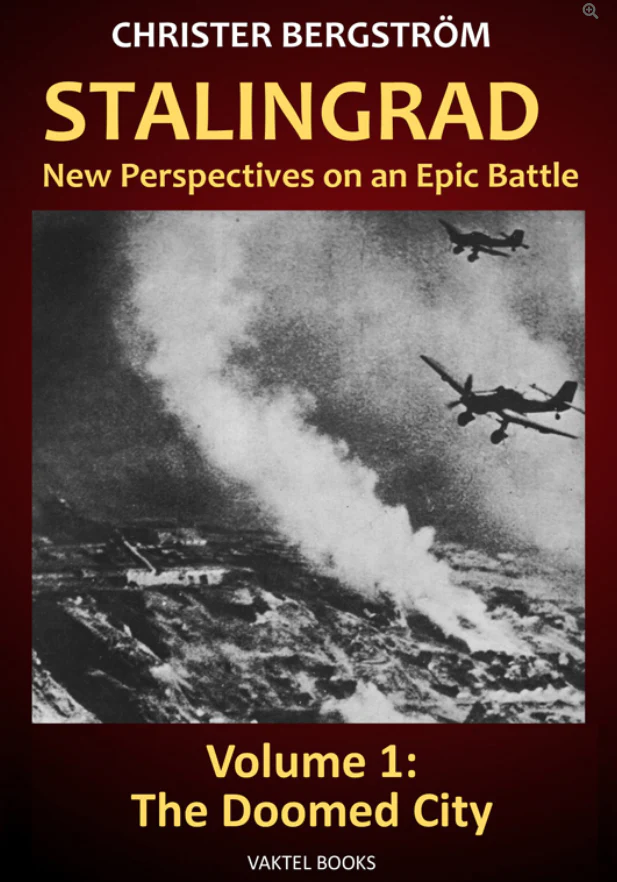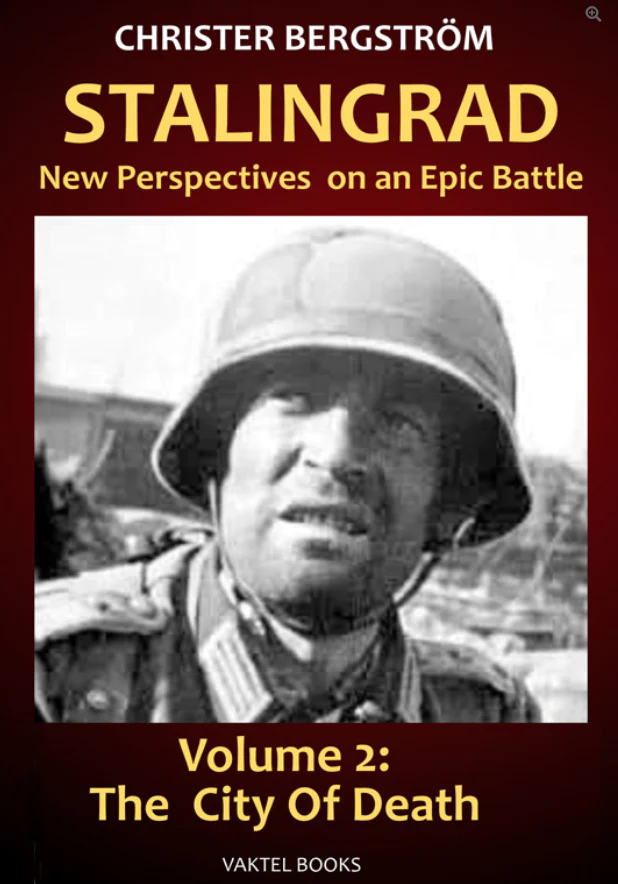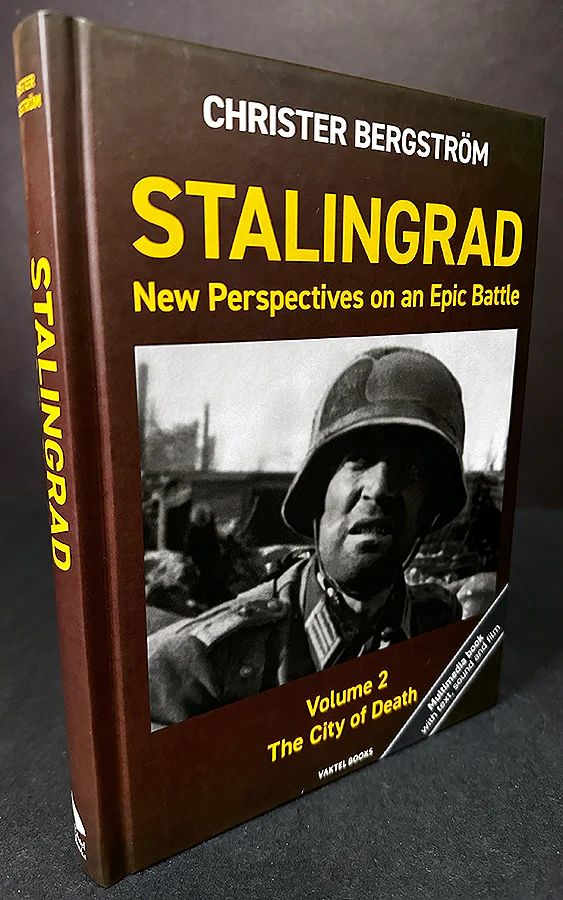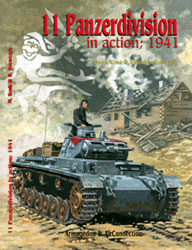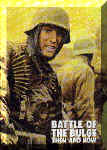Description
Based on decades of research work in both German and Russian archives, as well as interviews with a large number of key figures and veterans, Stalingrad – New Perspectives on an Epic Battle brings our knowledge on this turning point of World War II several big steps forward . It brings forward many hitherto unknown facts and dispels many myths and misconceptions of the battle.
Why did the Germans focus so much on Stalingrad? The myth that the name of the city – “Stalin’s City”- played any role at all is analyzed and rejected: Stalingrad in fact was the key to German success, both trategically and tactically.
How and why is explained in the book. How were the Soviets able to hold out in Stalingrad? What happened to the civilians in Stalingrad?
A complete re-evaluation and examination of what has been said to be German “”mistakes”” during this campaign. The German plans to retreat from Stalingrad – and how they failed. Hermann Göring’s and the Luftwaffe’s biggest mistake in this campaign was not the air bridge, which needs to be re-evaluated, but something with far greater implications, although neglected in history writing.
This work on the ground war during the Battle of Stalingrad is the continuation of Christer Bergström’s previous book Operation Barbarossa 1941: Hitler against Stalin and supplements his Black Cross / Red Star series about the air war on the Eastern Front.
Stalingrad was the largest and most fateful defeat of the German army during World War II. Nothing affected the self-confidence of the German army and the mood of the population as much as this.
For this reason, much of the history writing about Stalingrad is largely incorrect. In the Western world, German officers came to dominate the story about the war on the Eastern Front during World War II, and as a result, historical facts have been deliberately distorted, and much has been swept under the carpet. In order to find the real story, it is necessary to go to the primary sources – on both sides! Christer Bergström has done this, and he has also interviewed a large number of the veterans who participated in the battle.
Among much that is addressed in Volume 1, there is to be found:
* Why was Stalingrad so important?
* The unknown German defeat in the first battle of Stalingrad.
* How Finland (!) negatively affected the battle of Stalingrad for the Germans.
* How the Red Army learned and developed new operational skills.
* The Luftwaffe’s largest and never before discussed mistake in 1942.
* Soviet ”death soldiers.”
In addition, many myths are dismantled and the truth revealed, for example:
* The myth of the Red Army’s blocking troops.
* The myth that the Red Army voluntarily withdrew.
* The myth that the Germans arrogantly tried to bite off more than they could chew.
* The myth of the importance of Lend-Lease supplies from the U.S. to the Soviet Union.
* The myth of “Hitler’s mistakes”.
This work on the ground war during the Battle of Stalingrad is the continuation of Christer Bergström’s previous book Operation Barbarossa 1941 : Hitler against Stalinand supplements his Black Cross/Red Star series about the air war on the Eastern Front.
Christer Bergström. Hard cover. 6″ x 9″. English language. 330 pages. Illustrated with many previously unseen photos. Some maps.
__________________________________________________________________________________
The newly-released Volume 2 covers operations in the city itself and the Soviet counteroffensive to the surrender of the Germans and Romanians in the pocket.
Among much that is addressed in Volume 2:
* The need to focus on Stalingrad in particular.
* The realistic air bridge – and why it failed.
* How could the Russians persevere?
* General Paulus’s greatest mistake.
* What happened to the civilians in Stalingrad?
* The myths about ”Pavlov’s house” and the Mamayev Kurgan hill.
* The German plan to evacuate Stalingrad – and how it failed.
* A critical analysis of the history writing about Stalingrad.
Christer Bergström. Hard cover. 6″ x 9″. English language. 330 pages. Illustrated with many previously unseen photos. Some maps.

